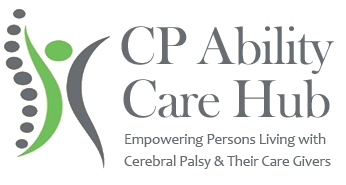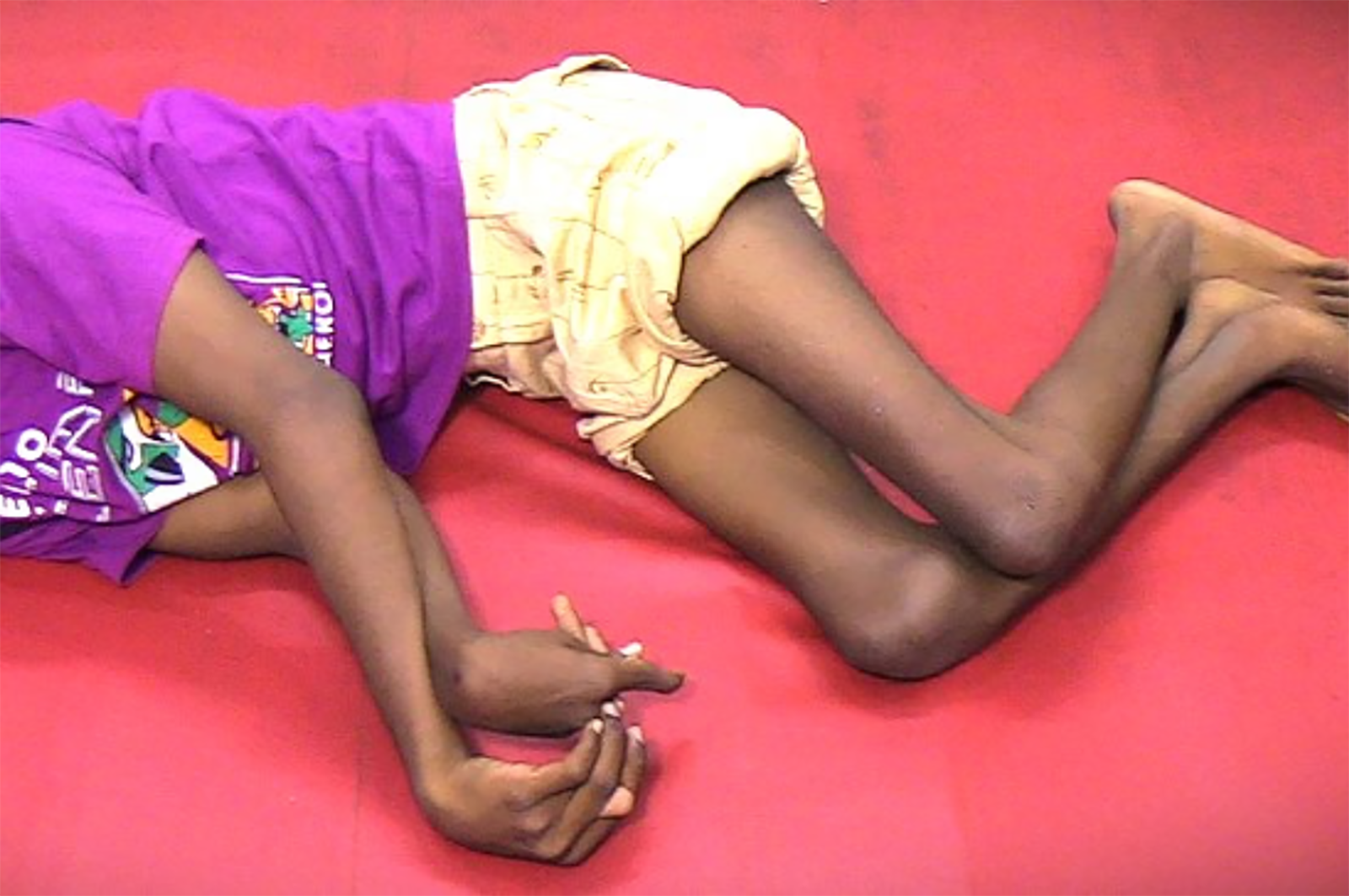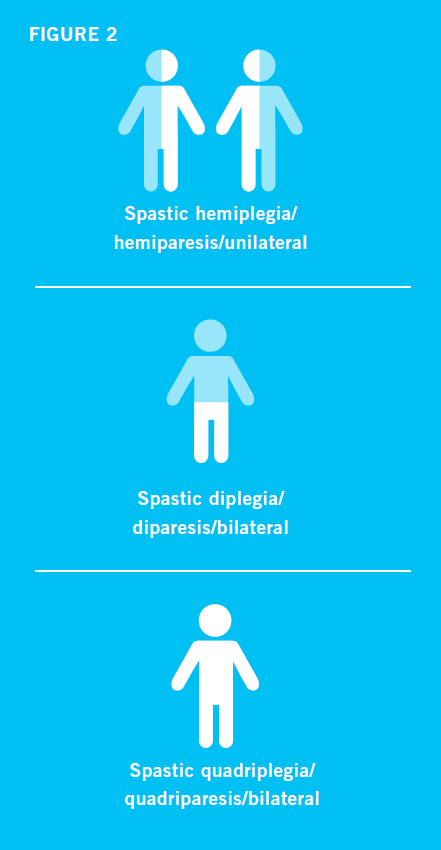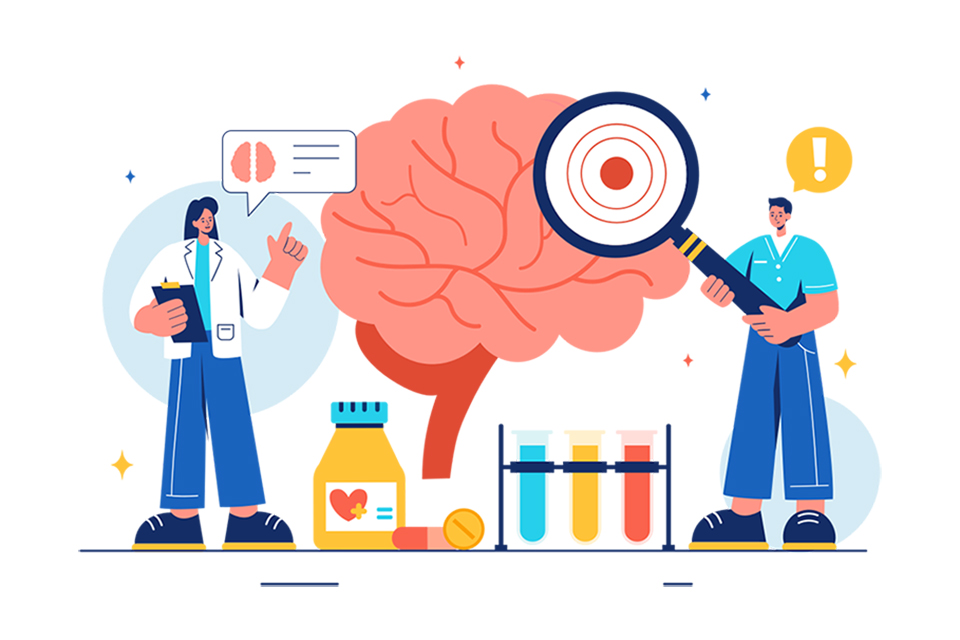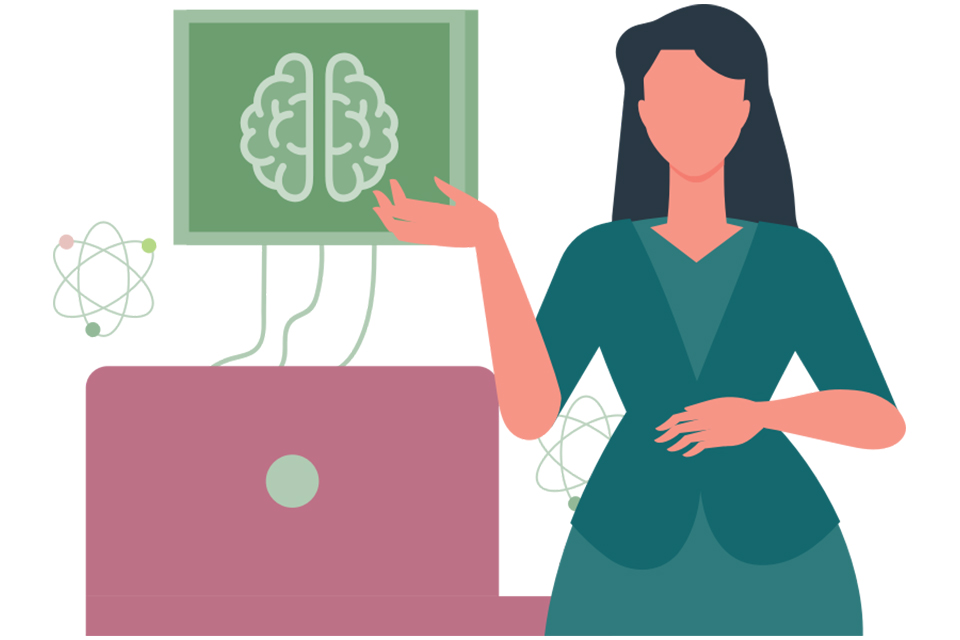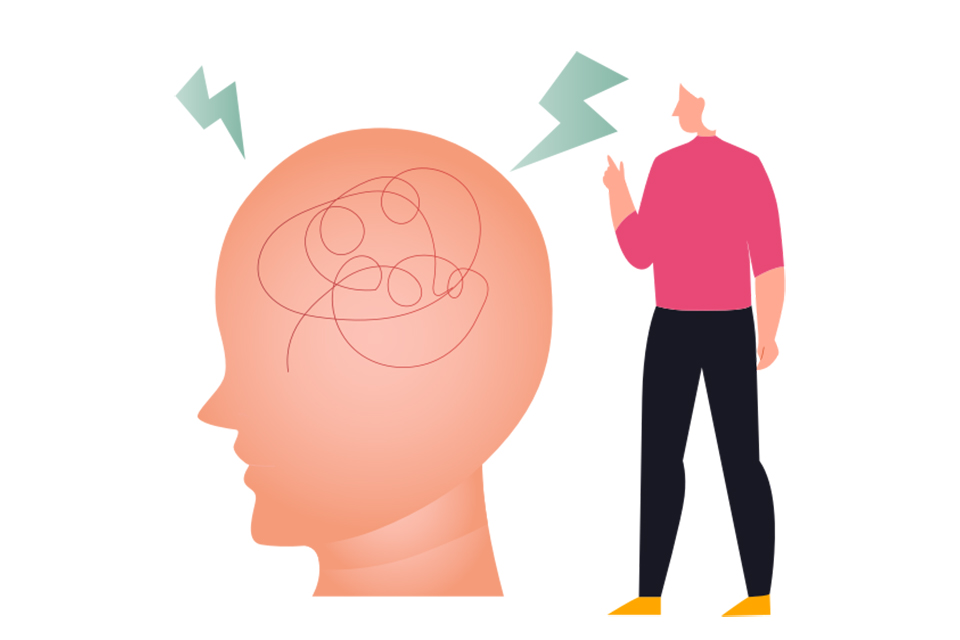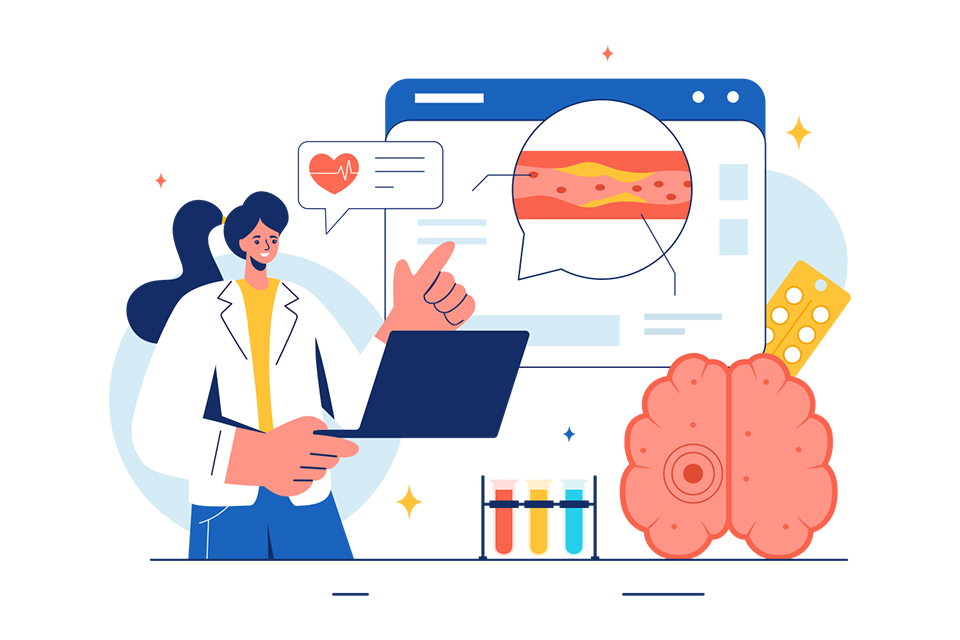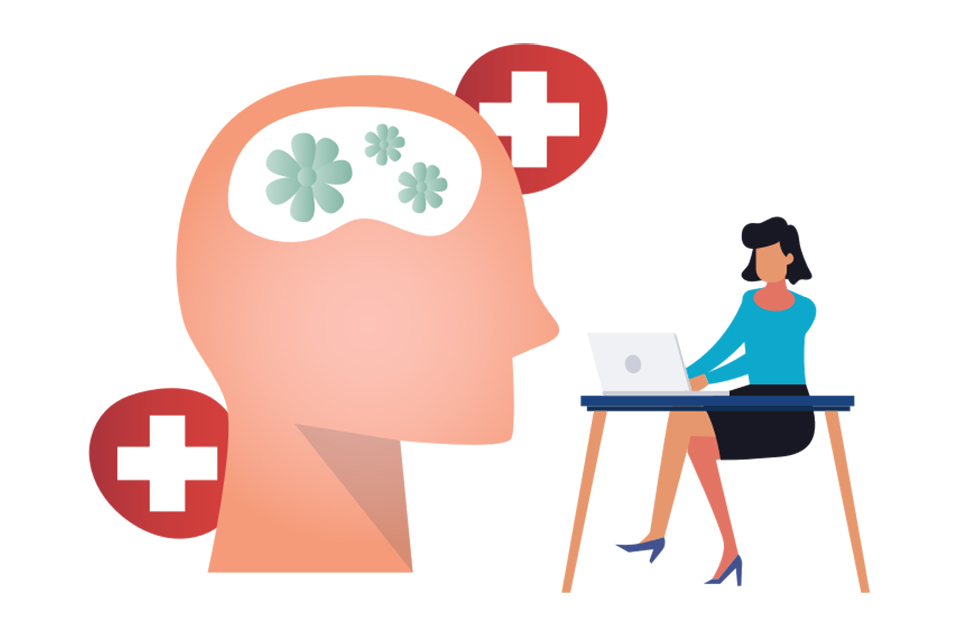Spasticity is a form of hypertonia, or increased muscle tone. This results in stiff muscles which can make movement difficult or even impossible.
- 1. Muscles appear stiff because the messages to the muscles are sent incorrectly through the injured part of the brain
- 2. When a muscle is affected by spasticity, the faster the limb is moved, the stiffer it seems
- 3. Spasticity arises as a result of injury to bundles of neurons in the brain and spinal cord called the corticospinal tracts and corticobulbar tracts
- 4. Spasticity is seen in a number of different conditions including cerebral palsy, traumatic brain injury, spinal cord injury, stroke and multiple sclerosis
- 5. People may have difficulty moving from one position to another and controlling individual muscles or muscle groups needed for performing certain tasks like handling objects or speaking
What does spasticity look like?
Spasticity may affect any muscle group in the body however there are some common patterns that are seen in cerebral palsy.
- Effect on the upper limbs (arms and hands)If spasticity affects one or both of the arms it can lead to:
- Flexion at the elbow (the elbow is bent)
- Flexion at the wrist (the wrist is bent)
- Flexion at the fingers (the fingers are fisted)
Spasticity in these areas can lead to difficulties with tasks involving the hands and the arms:
- 1. getting dressed
- 2. washing and toileting oneself
- 3. eating or drinking
- 4. writing
- 5. manipulating objects
It may also affect a person’s ability to use their arms for balance which can lead to difficulty standing and walking.
Effect on the lower limbs (legs)
If spasticity affects one or both of the legs it can lead to:
- 1. Flexion at the hip (which causes the leg to lift upwards when lying or the body to lean forwards in standing)
- 2. Adduction or ‘scissoring’ of the thighs (which causes the legs to pull together)
- 3. Flexion at the knees (causing changes in a person’s standing posture)
- 4. Equinovarus foot posture (where the toes point downwards and inwards with the heel off the ground – this results from tightness in the calf muscles)
Spasticity in the muscles of one or both legs may affect a person’s ability to:
- 1. Stand upright
- 2. Sit upright
- 3. Transfer from one position to another
- 4. Move and reposition in bed
- 5. Walk and run
- 6. Effect on speech
Spasticity can also be present in smaller muscles or muscle groups such as the tongue, facial muscles or vocal folds. Spasticity in these areas can result in:
- 1. Slow oral movements that are imprecise and require a lot of effort (eating and drinking may also be affected)
- 2. Speech sounds that are slurred
- 3. A voice that might sound hoarse or tight
This can impact a person’s ability to communicate using speech and may mean that alternative methods of communication (such as pictures, symbols or voice generating devices) are used.
